The Federal Government has officially replaced Nigeria’s long-standing 6-3-3-4 education system with a new 12-4 model, effectively scrapping Junior Secondary School (JSS) and Senior Secondary School (SSS). Under this new structure, Nigerian students will undergo 12 uninterrupted years of basic education before proceeding to higher education.
The Minister of Education, Dr Tunji Alausa, announced the policy shift during the 2025 Extraordinary National Council on Education (NCE) meeting in Abuja. The NCE, the highest decision-making body in the education sector, comprises education commissioners from all 36 states and the Federal Capital Territory (FCT), as well as key stakeholders from government agencies and development partners.
Why the Change?
Dr Alausa explained that the reform aligns with global best practices, ensuring a more structured and inclusive education system. By merging secondary education into the basic education framework, students will benefit from an extended, uninterrupted learning phase up to age 16, which is expected to reduce dropout rates and eliminate financial and systemic barriers to completing secondary education.
“This new model will provide a standardised curriculum nationwide, ensuring early exposure to vocational and entrepreneurial skills while preparing students for both higher education and the workforce,” the Minister stated.
Key Features of the 12-4 System
12 Years of Basic Education: A continuous learning period without the current JSS-SSS division.
4 Years of Tertiary Education: A structured higher education phase, with 16 years set as the minimum entry age for universities and other tertiary institutions.
Uniform Curriculum Implementation: Nationwide standardisation to improve learning outcomes.
Vocational and Entrepreneurial Training: Skill acquisition integrated into the education system.
Implementation Plan
To ensure a seamless transition, the government has outlined key strategies, including:
Policy Reforms: Enacting legal frameworks to institutionalise the new system.
Infrastructure Development: Expanding school facilities to accommodate the extended basic education phase.
Teacher Training and Recruitment: Enhancing teacher capacity and hiring more educators.
Funding and Partnerships: Mobilising financial support from government and private sector stakeholders.
Curriculum Overhaul: Updating learning content to reflect the objectives of the new system.
Dr Alausa emphasised that many developed countries operate similar models, and Nigeria’s adoption of the 12-4 system will enhance global competitiveness, strengthen foundational learning, and better equip students for future challenges.



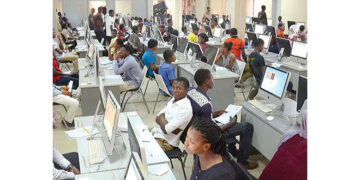


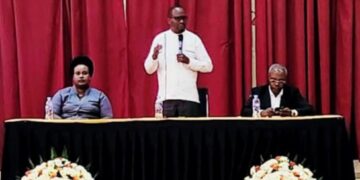















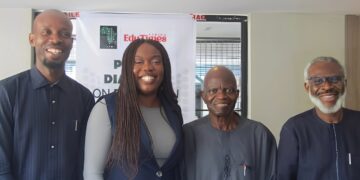












































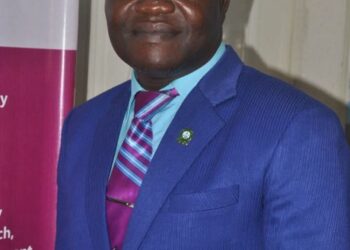










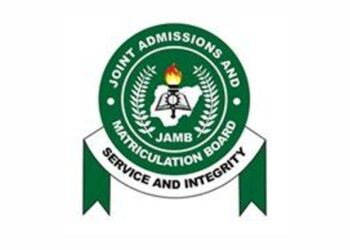
 EduTimes Africa, a product of Education Times Africa, is a magazine publication that aims to lend its support to close the yawning gap in Africa's educational development.
EduTimes Africa, a product of Education Times Africa, is a magazine publication that aims to lend its support to close the yawning gap in Africa's educational development.

